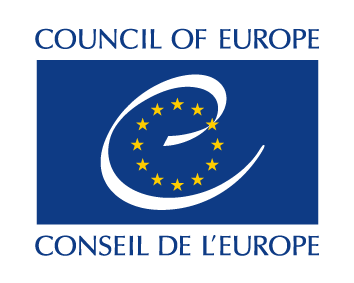Factsheet says detention should only be used as a last resort
The European Committee for the Prevention of Torture and Inhuman or Degrading Treatment or Punishment (CPT) earlier this month published a factsheet on immigration detention.
 The factsheet complies the Council of Europe's standards on immigration detention, an issue where the CPT says it has regularly found shortcomings during visits to member states.
The factsheet complies the Council of Europe's standards on immigration detention, an issue where the CPT says it has regularly found shortcomings during visits to member states.
In the factsheet, the CPT says detention should only be used as a last resort, stating: "Deprivation of liberty under aliens legislation should only be a measure of last resort, after a careful and individual examination of each case. In addition, the continued need for it should be the subject of periodic review. Alternative (non-custodial) measures should be developed and used wherever possible."
The factsheet also covers safeguards during detention, suitable premises, adequate material conditions for longer stays (over 24 hours), open regime, qualified staff, procedures for discipline, segregation and means of restraint, effective monitoring and complaints mechanisms, adequate health care and care of vulnerable persons (in particular children).
An earlier March 9th statement issued by the Council of Europe's Commissioner for Human Rights expressed concern that a recent recommendation on migration by the European Commission (EC) will lead to more and longer detention of migrants.
The Commissioner called the new EC recommendation "worrying" and said it would likely to lead to human rights violations.
The Commissioner said: "European states should shift the focus from detention to alternative and more humane measures, which do not deprive migrants of their liberties and are child and family friendly. Many good practices exist, allowing migrants to stay in communities, combined with individual case management. If necessary, restrictions such as regular reporting or confiscation of documents may be applied too. These are far more effective and less costly measures that would avoid violating migrants' rights and allow the state to keep track of them while processing their case."
In related news, Women for Refugee Women earlier this month published a report calling for an end to the use of detention in the UK asylum system. You can read the 48-page report here.
Women for Refugee Women says detention is traumatic for female asylum seekers and levels of mental distress and self-harm among them are high.
The report "sets out a vision of a different type of asylum system: one that focuses on providing support to and engaging constructively with people seeking asylum, and which works to resolve their cases in the community, without the use of detention."
In addition, Elena Papamichael of solicitors Hodge Jones & Allen LLP recently blogged about her experience of representing immigration detainees here.
"Last night, as I have seen many times before, a man was told that despite not being charged with any offences, he would not be released. He was going to be taken to an immigration detention centre. He was told it was many hours away and he would arrive in the middle of the night or early hours of the morning. He was silent as the police put handcuffs on him. I do not know what happened to him afterwards," Papamichael wrote.